

“Overall, the Phusion is a superbly characterful and hugely versatile channel strip with a most unusual feature set...... It is built to exacting standards to deliver a solid performance, while also making it a joy to use and ensuring it should enjoy a long and reliable working life. This is a genuinely novel and inspiring product — I’ve been very impressed with what it can do. ” - Hugh Robjohns Read the entire review
all in a 2RU, mains-powered unit. The PHÆDRUS AUDIO PHUSION is a recreation of two entire channel strips, derived from famous circuits in the classic mixers of the 1950s and 60s.

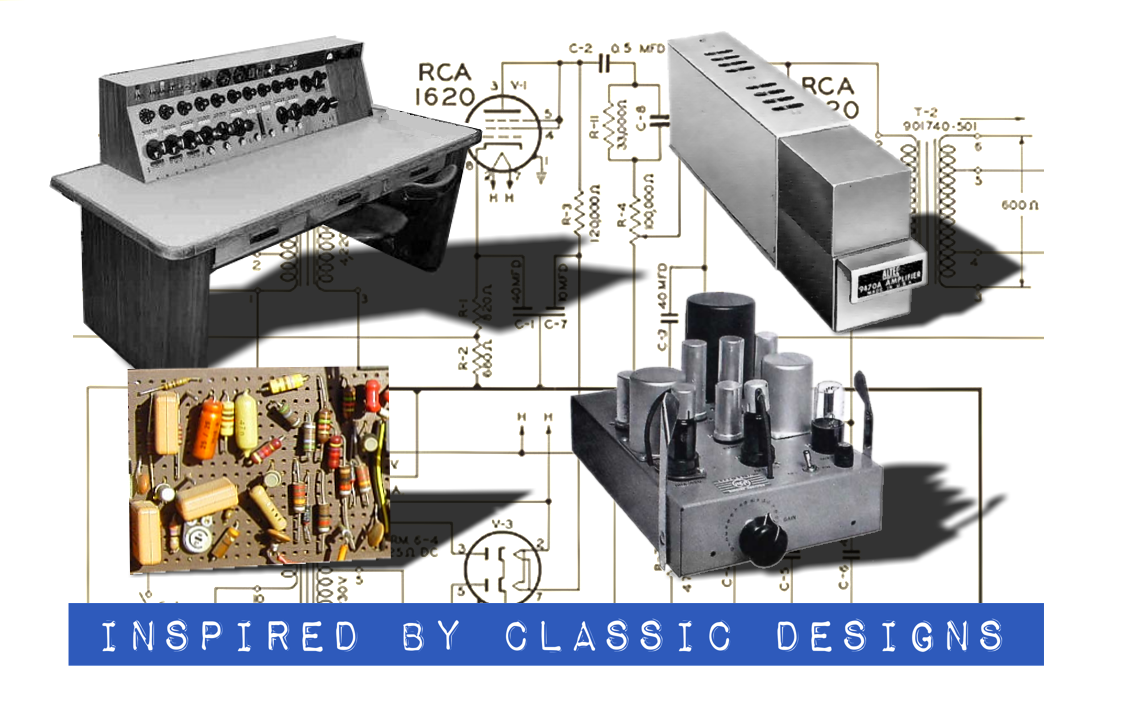
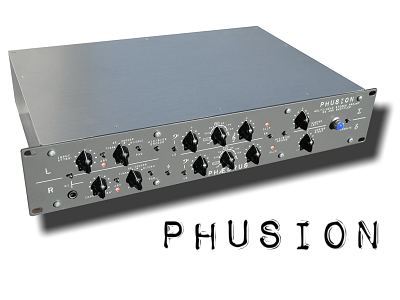
The PHÆDRUS AUDIO PHUSION incorporates insert points in the stereo or sum-difference path so that external compression (perhaps the PHÆDRUS AUDIO PHAMULUS compressor) can be inserted to provide left-right or elliptical (mid-side, or lateral-vertical) compression: a trick common in the 1960s. The sum-difference paths may be employed to introduce flexible stereo shuffling as well.
Here is a detailed facilities diagram for the PHUSION.
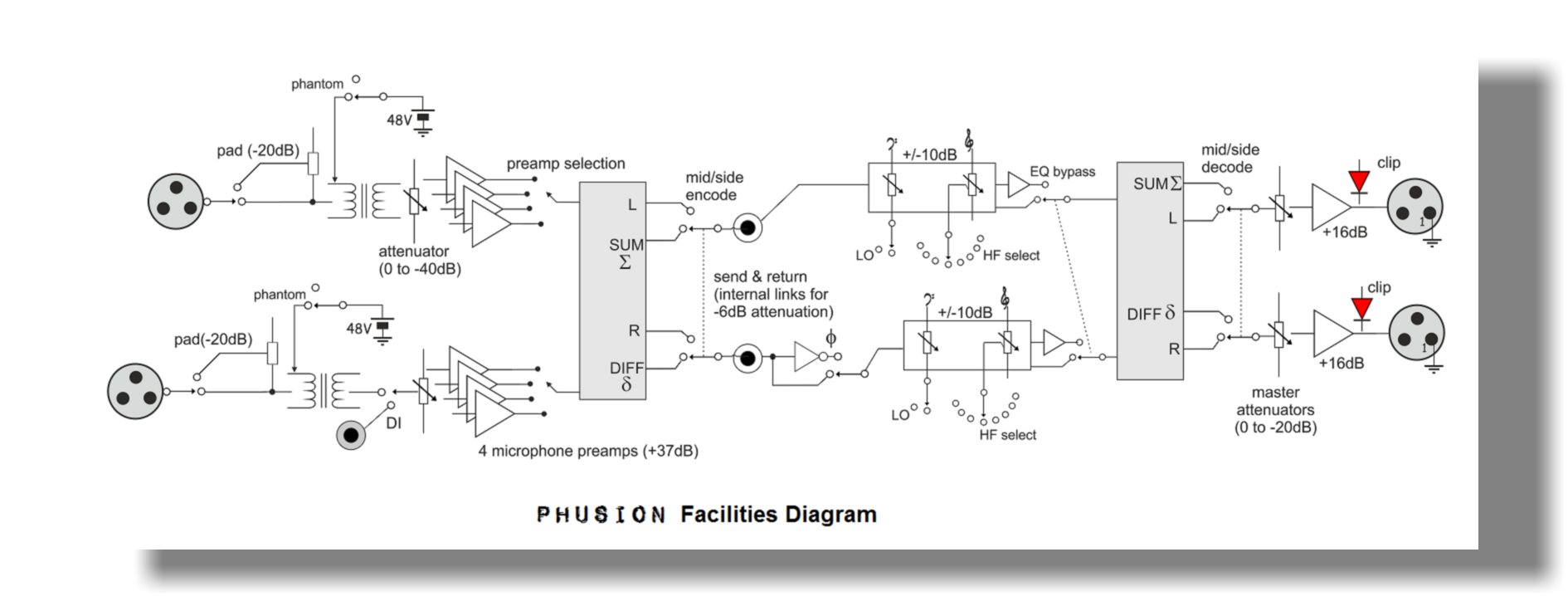
The manual for the PHÆDRUS AUDIO PHUSION
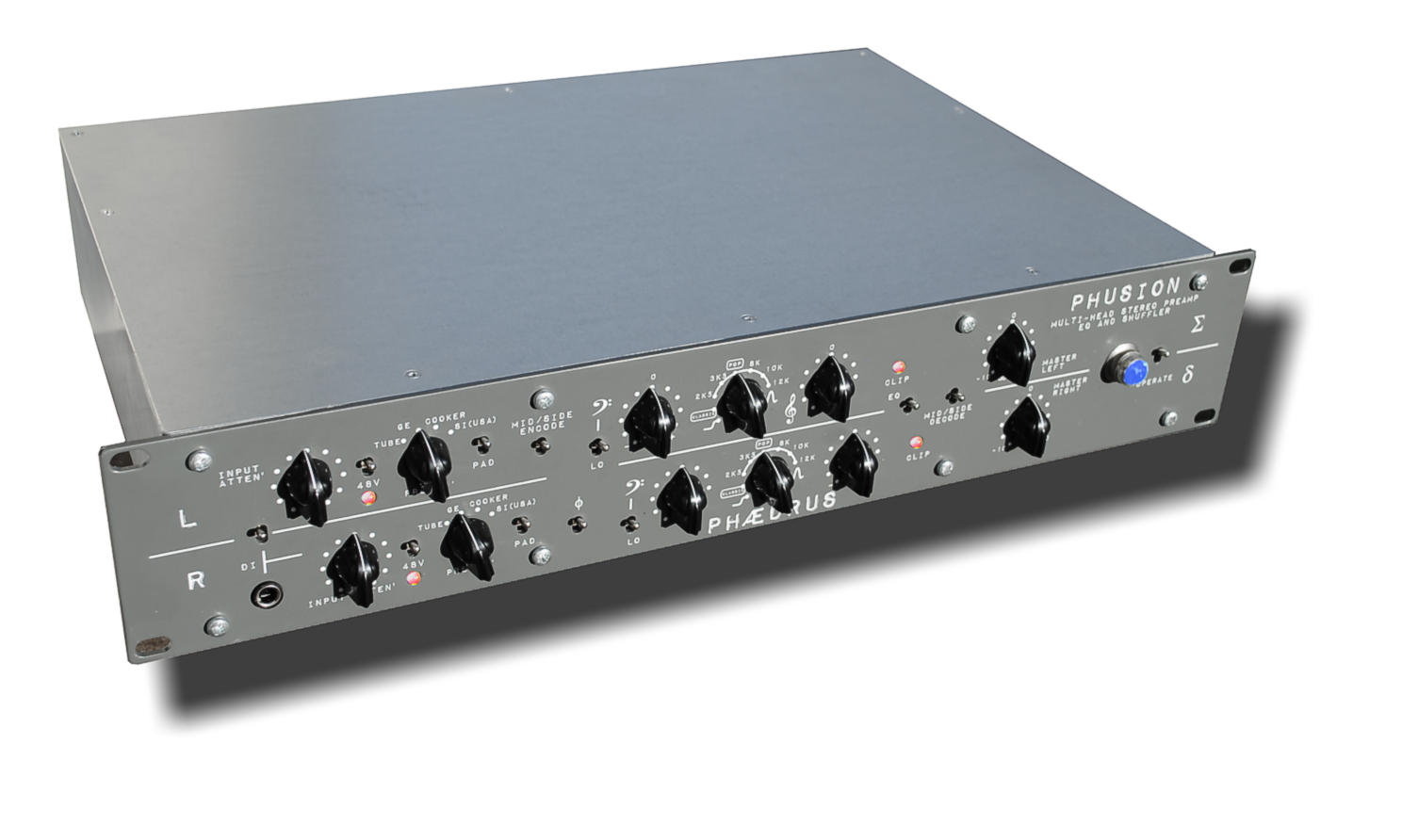
“Like most Phaedrus Audio products, the Phusion is crammed full of character and offers a lot of flexibility in shaping signals in a very musical way. It takes a range of vintage circuit designs and blends them together in an interesting way to create a tool that really does offer something different and inspiring. ” - Hugh Robjohns Read the entire review
The PHUSION is equipped with four microphone preamplifiers for each channel. They are: a classic tube preamp; British germanium transistor preamp, British modified hi-fi transistor preamp; American discrete op-amp preamp. Each has a very different character.

The tube (valve) preamplifier is the oldest of the designs and has its origins in the nineteen-forties. Based on the RCA BA-2C, this circuit has a “warm & big” sound. We use a dual triode for each channel, the two parts of which exactly match the two 6J7 pentodes (run as triodes) in the original design. The RCA circuit was a standard design reference and gained its reputation in the famous RCA Studios (now Studio B) in Nashville. This circuit is believed to be at the heart of many of the classic, studio-built tube consoles of the late fifties and sixties such as the famous console used to record The Kinks in PYE Studio 2 in Cumberland Place, London.
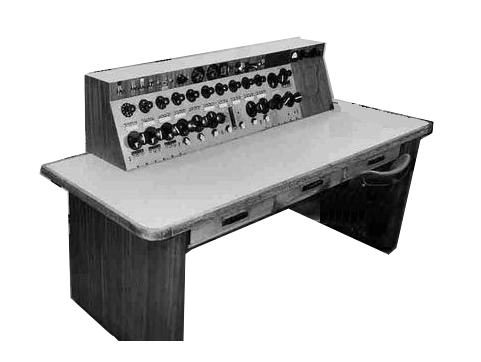
This preamplifier is a re-creation of the mic' preamp in the first, transistorised, professional console anywhere in the world, which was built by Dick Swettenham for the original Olympic Sound Studios in Carlton Street, London. This landmark console was the desk used to record the early The Jimi Hendrix Experience tracks and The Rolling Stones first single, "Come On". The circuit employs only, new-old-stock (NOS) germanium transistors. The character is relatively “soft”. If driven hard, this circuit will slew-rate limit causing an overload character all of its own.
Orthophonic preamplifier (The Cooker)
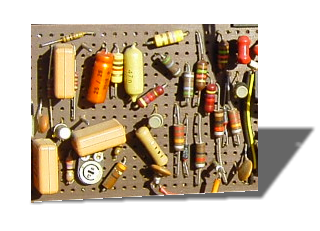
From the august pages of the British amateur electronics magazine Wireless World, this third preamplifier was designed to do double-duty as a phonograph (Orthophonic curve) preamplifier and a microphone preamp'. True to its amateur background, the circuit does not respect "professional" levels and impedances and may be driven further into distortion than any other preamplifier in the PHUSION.
Such a circuit was extensively used by Joe Meek who, recognising its potential as a source of creative distortion, named it The Cooker. (Meek himself describes the signal path thus, “The vocal mic goes through a little ‘cooker’ I’ve made….. It was originally a small amplifier”. (From Bob Stanley’s sleeve notes to the authoritative CD box set Joe Meek - Portrait of a Genius The RGM legacy, Castle Music UK, UPC: 505015917839).
.png)
This preamplifier has a classic west-coast sheen: the sound is “big and beautiful”. The high feedback design lends this circuit that “tightness” that we associate with American consoles of the period. This circuit has good headroom, only bettered by the tube circuit.
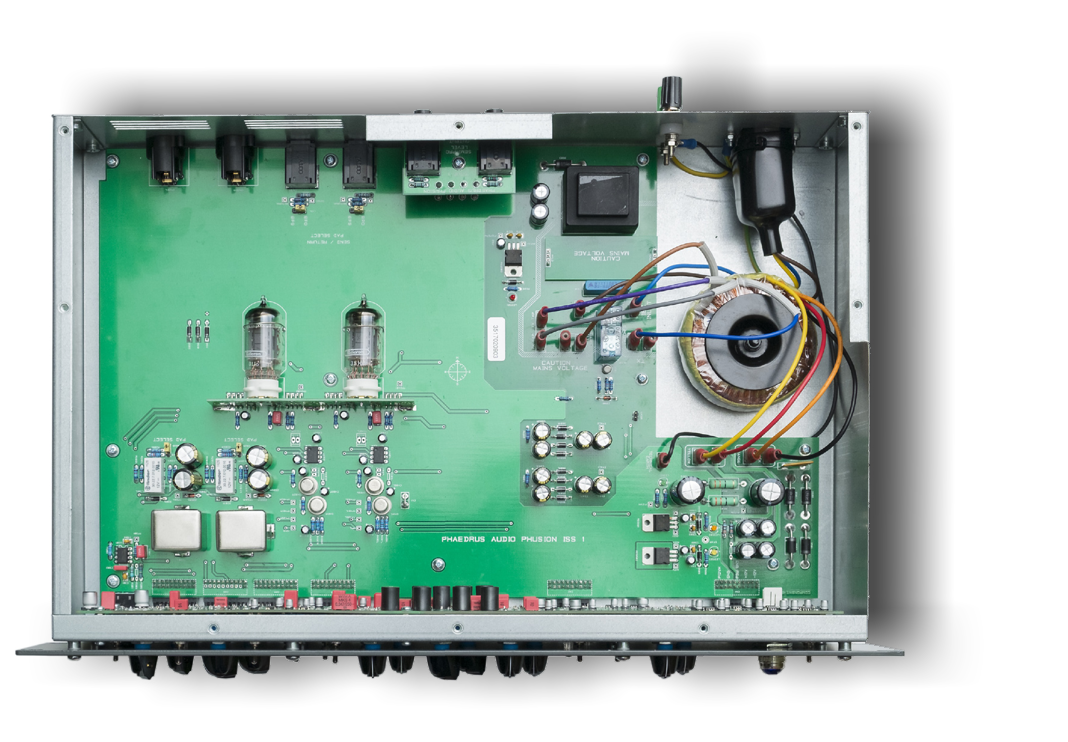

Address all mail to sales@phaedrus-audio.com
